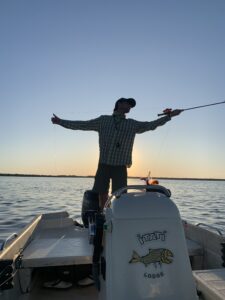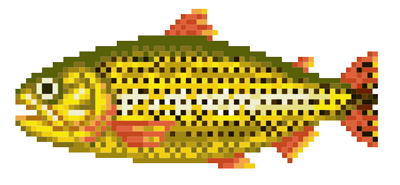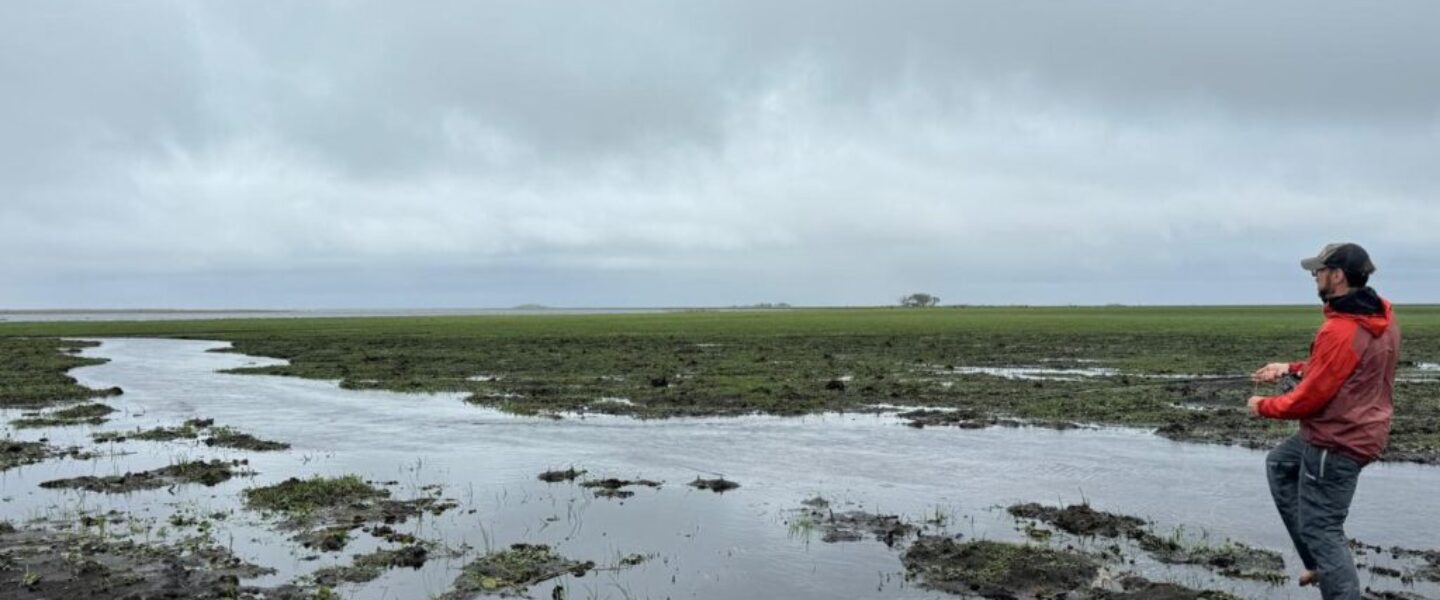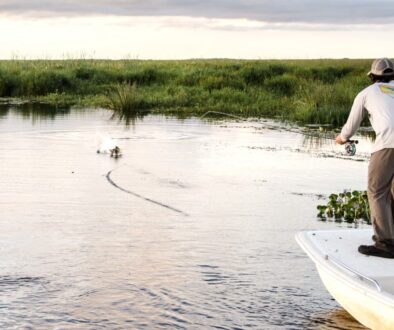Dorado: Perception versus reality.
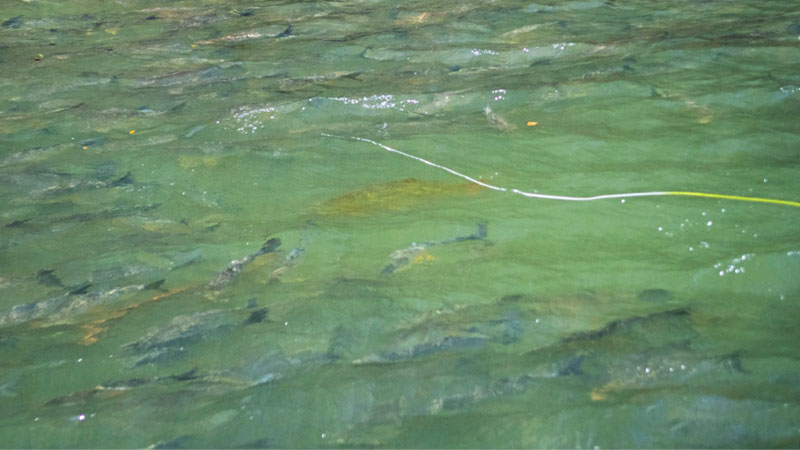
Dorado feeding behaviors are more complex than what you see online.
In recent years, the reputation of the Golden Dorado has spread to the four corners of the world and international anglers have placed it at the top of their species bucket list.
There are wonderful videos that highlight the Golden Dorado’s ferocious attacks on gamefish and flies, but the reality of their nature is more complicated. It’s easy to see how fishermen might come to the wrong conclusion, that they are easy to trigger into a bite, after watching something on Instagram of these toothy creatures with powerful jaws launching unstoppable assaults on anything that moves near them. But this conclusion is far from reality, and it’s essential to understand the Dorado’s true predatory behavior to know why.
The primary prey fish of the Golden Dorado is the Sabalo, a medium sized schooling fish that often weighs between 3 and 5 pounds, which requires a bit of strategy along with opportunity. Catching prey fish like the Sabalo often means the Dorado will have to work in schools, and wait for the right conditions. Or wait in ambush for their prey to come to them.
Changes of weather or water levels usually cause the Sabalo to react and lower their natural guard, making them vulnerable for a strike. The fact that Golden Dorado patiently and stubbornly wait for these moments and windows of opportunity to become active and attack, is what truly defines them as a species. Keep your focus all day long as these environmental changes can happen invisibly or unexpectedly!
Knowing that the dorado’s main food source is a baitfish that can be the size of a trophy trout, and they can fill their bellies by just eating one or two, why then do they eat flies? It is like choosing a peanut to eat instead of a steak! The simple answer is that dorado can also be opportunistic feeders. They have been seen eating fruit that has fallen from trees, mice, lizards, ducks, tiny schools of baitfish and so on.
In order to get them to eat a fly after taking a chunk out of a sabalo (or pira pita, or smaller dorado!) you have to find a fish that is in the right ‘mood’ as well as get the fly close enough to trigger a response. Make your offering too tempting and not too much work to chase (think of yourself after a large meal, you aren’t going to willingly run across the street for something) and you’re chance at getting a strike is good. Listen to your guides here as they will point out the best ambush spots for you to get your fly into and trigger a strike.
It doesn’t take all the planets and moons aligning to catch dorado (although on some days it feels like it!). Humans do not have the ability to pick up on the subtle environmental cues that can cause dorado to feed most of the time. That can feel more like luck than anything else. To give you the best chance possible to catch dorado, there are two simple rules. Pay attention to your guide, and practice casting before your trip. A fly getting just one or two inches closer to the log your guide is setting you up on can be the difference between getting the attention of a dorado and ending the day wondering what lived in that good looking spot.
